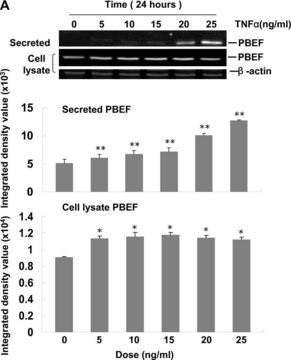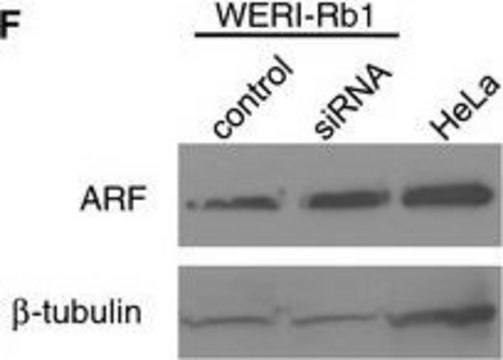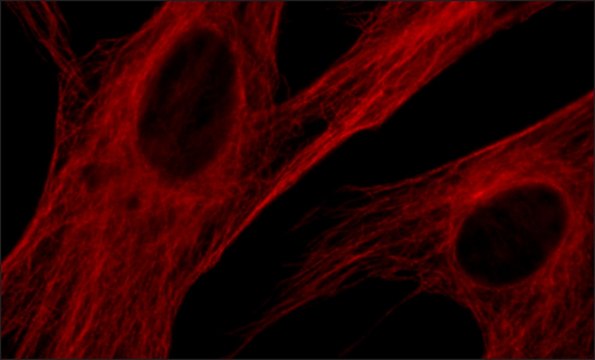SAB4200715
Anti-β-tubulin antibody, Mouse monoclonal
clone 2-28-33, purified from hybridoma cell culture
Synonym(s):
Anti-TUBB1
Select a Size
About This Item
$731.00
Recommended Products
biological source
mouse
Quality Level
antibody form
purified from hybridoma cell culture
antibody product type
primary antibodies
clone
2-28-33, monoclonal
form
buffered aqueous solution
mol wt
~50 kDa
species reactivity
dog, chicken, rat, bovine, monkey, human, mouse
concentration
~1.0 mg/mL
technique(s)
immunoblotting: 0.5 μg/mL using mouse embryo fibroblast NIH-3T3 cells extract
immunofluorescence: 1-2 μg/mL using human foreskin fibroblast HS68 cells
immunohistochemistry: suitable
1 of 4
This Item | SAB4200776 | T6074 | F2043 |
|---|---|---|---|
| biological source mouse | biological source mouse | biological source mouse | biological source mouse |
| antibody form purified from hybridoma cell culture | antibody form purified from hybridoma cell culture | antibody form purified from hybridoma cell culture | antibody form purified from hybridoma cell culture |
| clone 2-28-33, monoclonal | clone TUB-1A2, monoclonal | clone B-5-1-2, monoclonal | clone TUB 2.1, monoclonal |
| species reactivity dog, chicken, rat, bovine, monkey, human, mouse | species reactivity Xenopus, Arabidopsis sp., yeast, insect, rat, hamster, porcine, monkey, bovine, human, mouse, canine, chicken | species reactivity mouse, chicken, Chlamydomonas, African green monkey, human, rat, bovine, sea urchin, kangaroo rat | species reactivity human, rat, frog, moth, mouse, plant, rabbit, chicken, bovine, wheat, sea urchin, hamster |
| Gene Information human ... TUBB(203068) | Gene Information human ... TUBA1A(7846) | Gene Information human ... TUBA4A(7277) | Gene Information human ... TUBB(203068), TUBB1(81027), TUBB1(81027), TUBB1(81027), TUBB1(81027), TUBB2A(7280), TUBB2A(7280), TUBB2A(7280), TUBB2A(7280), TUBB2C(10383), TUBB2C(10383), TUBB2C(10383), TUBB2C(10383) |
| form buffered aqueous solution | form buffered aqueous solution | form buffered aqueous solution | form buffered aqueous solution |
General description
Immunogen
Application
- in immunoblotting
- in immunofluorescence
- in immunohistochemistry
Biochem/physiol Actions
Physical form
Disclaimer
Not finding the right product?
Try our Product Selector Tool.
Storage Class Code
10 - Combustible liquids
WGK
WGK 1
Flash Point(F)
Not applicable
Flash Point(C)
Not applicable
Choose from one of the most recent versions:
Certificates of Analysis (COA)
Don't see the Right Version?
If you require a particular version, you can look up a specific certificate by the Lot or Batch number.
Already Own This Product?
Find documentation for the products that you have recently purchased in the Document Library.
Our team of scientists has experience in all areas of research including Life Science, Material Science, Chemical Synthesis, Chromatography, Analytical and many others.
Contact Technical Service











